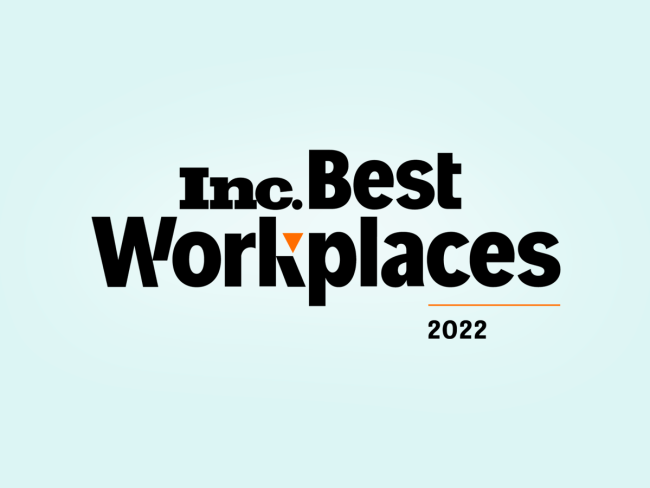At Reaktiv, feedback powers everything we do, as we prioritize strong relationships with our clients. We work as a single team, with clear communication, honesty, and a focus on collaboration.
“Feedback is a gift,” as the cliché goes, but it’s true: What a client shares with us goes beyond the thickness of a margin; it plays a pivotal role in shaping the success of products and features. It serves as a compass, guiding designers and developers toward creating solutions that align with client expectations and user needs.
However, the journey from obtaining feedback to implementing changes is often challenging. Not every client possesses the ability to provide the kind of feedback that leads to actionable improvements. This article delves into three gaps that we need to bridge for successful feedback: vision, language, and time.
Vision
Where does the vision of the finished product live? In the Figma wireframes? In the discovery brief? In the main stakeholder’s mind?
Even though deliverables and meetings are intended to define the vision for the final product, there are differences between how an agency and a client picture it.
The truth of the vision takes several forms but ultimately flows through successive incarnations: The discovery brief, the wireframes, the prototypes, the first build, etc.
To bridge this gap, it is crucial for both parties to engage in open and transparent communication from the very beginning. This involves actively listening to one another’s ideas, concerns, and suggestions. By having regular check-ins and progress updates throughout the project timeline, any discrepancies can be identified early on, allowing for timely adjustments or clarification.
Furthermore, establishing a collaborative environment where both agency and client feel comfortable expressing their thoughts can foster a stronger partnership. Encouraging feedback from both sides enables a mutual understanding of expectations and ensures that everyone is working towards a common goal.
When asking for feedback, keep this in mind: Any friction is an opportunity to realign on the strategy you all approved during discovery.
Language
When an agency’s design or development team interacts with a group of stakeholders, there are times when they are the only designers or developers at the table. What does it mean? It means that there is a risk of not speaking the same language (media as “press coverage” vs. media as in “media library,” etc.) or making clients feel like they are expected to understand UX or React to collaborate.
Of course, they are not! Connect questions and answers to the strategic goals that you all defined before starting to look at pixels. A way to do that is to make sure that you cover the why before the what or even the how.
If you have a tendency to use too much jargon, come up with a list of terms that the team shouldn’t use on a client call—unless necessary and based on context.

Time
A third gap to navigate is the one of time. When your team works long hours on new, complex features, the question is: How much time do you need a client to spend on these features to provide valuable feedback? Do you need to scope the feedback you need?
The more complex your features are, the greater the differential is between your build time and the client’s review time. Put them at ease by pointing precisely at the feedback you need, maybe sharing a time estimate:
“We are seeking feedback on the career selector, especially from the standpoint of a user who is not familiar with ACME Corp. You should block 30-40 min to review the experience across devices and see if it matches what we had discussed during discovery. We’re looking forward to hearing your thoughts!”
To accommodate client stakeholders who come in and out of projects, feedback should be consolidated, clear, approved, and documented. A way to do this is to encourage clients to have a person responsible for collecting and aggregating feedback, as well as making sure that it is done within the window of time defined by the project manager. A many (client) to one (agency) feedback flow leads to redundancy, confusion, and sometimes opposite decisions. A one-to-one feedback flow is efficient, easy to document (in meeting notes, decision logs, etc.), and, more importantly, actionable from an agency perspective.
A delicate dance
The process of gathering and implementing client feedback is a delicate dance that requires a keen understanding of vision, language, and time.
At Reaktiv, we believe that the key to successful collaboration lies in bridging these gaps through open communication, mutual respect, and a shared commitment to the project’s goals. By fostering an environment where feedback is not just welcomed but actively sought, we can ensure that our products and features are not only aligned with our client’s vision but also exceed their expectations.
Feedback, when approached with the right mindset and strategies, can be the catalyst for innovation and growth. As we continue to prioritize our client relationships, we remain committed to refining our feedback processes, ensuring that every voice is heard and every perspective is valued. After all, in the world of website development, feedback isn’t just a gift—it’s the foundation upon which lasting partnerships and successful products are built.




